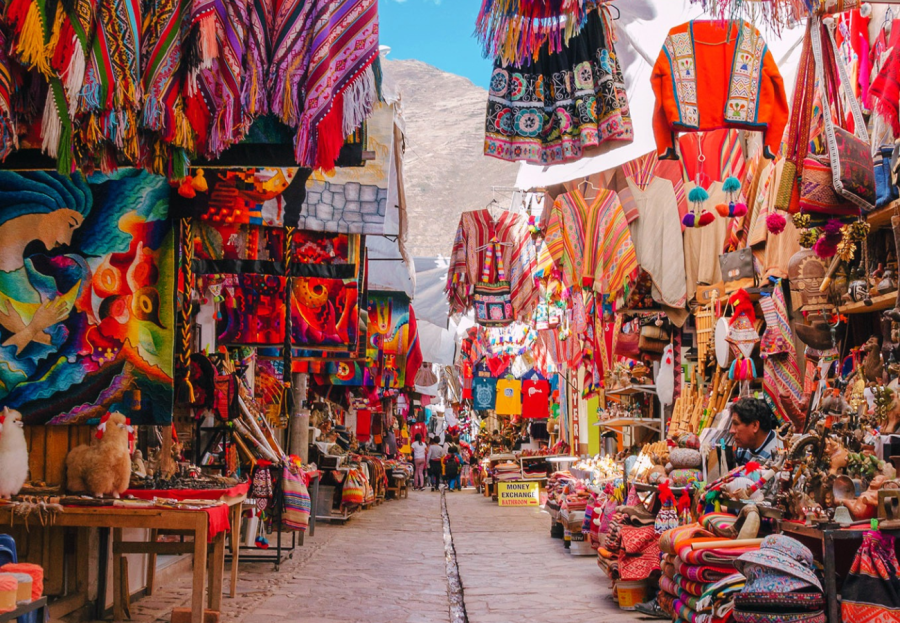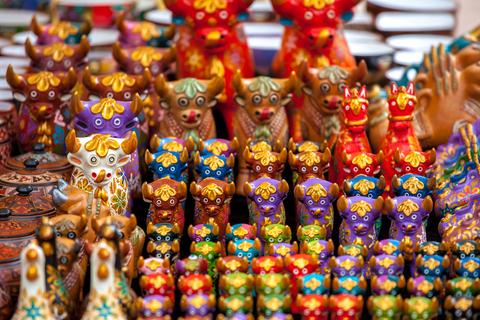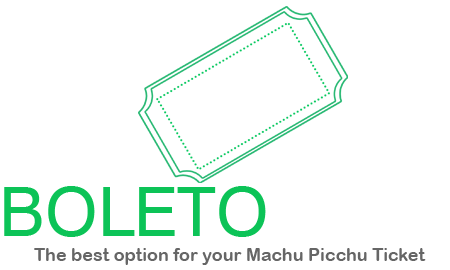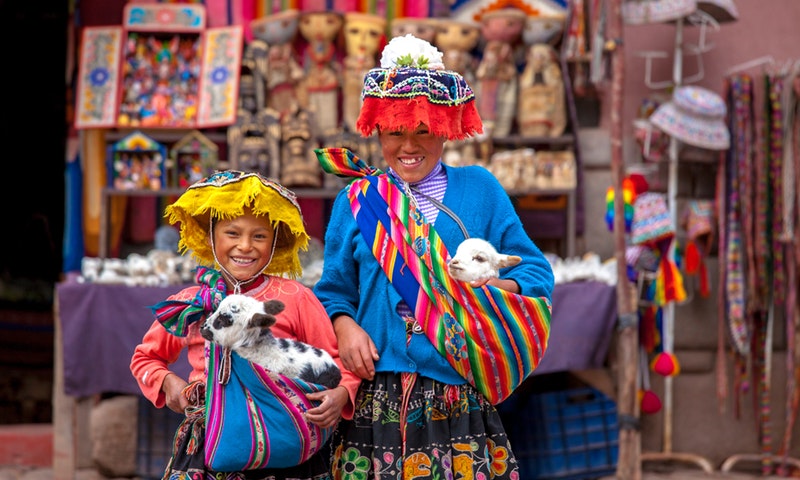The Pisac Market, in the heart of the Sacred Valley in Peru, is a vibrant tapestry of culture, tradition, and commerce that attracts both locals and tourists alike. Situated roughly 30 kilometers from Cusco, the market is easily accessible and serves as a crucial hub for the exchange of goods, ideas, and traditions among the indigenous Quechua communities of the Andes.
Historical Context
The market’s origins are deeply rooted in pre-Columbian times when indigenous peoples would gather to exchange produce, livestock, and handicrafts in a barter system. With the Spanish conquest and the introduction of currency, the nature of the market evolved, but its core as a place of gathering and exchange remained intact. Today, the Pisac Market is one of the most famous and well-preserved markets in all of Latin America, offering a window into the past and a vibrant example of Andean life.

The colorful Pisac Market
The market is best known for its dazzling array of handcrafted goods, including textiles, pottery, jewelry, and musical instruments. Artisans from the Sacred Valley and beyond come to Pisac to sell their wares, which are often characterized by their bright colors and intricate designs, reflective of Andean symbolism and spirituality. Visitors can find anything from alpaca wool sweaters and woven blankets to silver jewelry and painted ceramic beads.
In addition to handicrafts, the Pisac Market is also a place where local farmers sell their produce. Stalls overflow with fresh fruits, vegetables, herbs, and grains, showcasing the agricultural bounty of the region. This aspect of the market is a testament to the continuing importance of farming in the Andean way of life and provides an excellent opportunity for visitors to sample local food products.
Cultural Immersion
Beyond shopping, the Pisac Market is a venue for cultural immersion. The market is a living museum, where visitors can observe and participate in traditional Andean customs and practices. The air is filled with the sound of Quechua, the indigenous language of the Andes, as well as the melodies of Andean flute music. The market also serves as a stage for traditional dances and ceremonies on certain days, offering a glimpse into the spiritual and communal aspects of Andean culture.
The Pisac Market is a place where the Quechua language thrives, used widely among locals. Visitors have the unique opportunity to hear and perhaps learn a few phrases in Quechua, offering a deeper connection to the indigenous culture of Peru. The exchange of language in this setting fosters a more meaningful interaction between tourists and locals.
One of the most visible aspects of cultural immersion at the Pisac Market is through its vast array of traditional crafts. Artisans from the Sacred Valley and surrounding regions come to Pisac to sell their handmade goods, which include textiles woven on backstrap looms, pottery, jewelry, musical instruments, and more. These items are not just merchandise; they are expressions of cultural identity, history, and spirituality. Visitors can learn about the symbols, materials, and techniques used in these crafts, offering insights into Andean cosmology and social structures.
Sustainable Tourism
The Pisac Market has also become a model for sustainable tourism. By purchasing goods directly from the artisans and farmers, visitors contribute to the local economy and help preserve traditional crafts and agricultural practices. Many of the products sold at the market are made using environmentally friendly methods and materials, reflecting the Andean peoples’ deep respect for the Earth. In the context of the Pisac Market in Peru, sustainable tourism plays a crucial role in fostering an environment that respects and nurtures the local culture, economy, and natural surroundings. The market itself is a vibrant example of sustainable tourism practices in action, benefiting both the local communities and visitors.

“Toritos” in the Pisac Market
The Pisac Market is more than just a destination; it is an experience that encapsulates the heart and soul of the Andean people. It is a place where the past coexists with the present, where tradition meets commerce, and where visitors can truly connect with the rich cultural heritage of Peru. Whether you’re in search of unique handicrafts, looking to sample local cuisine, or eager to immerse yourself in Andean culture, the Pisac Market is a must-visit on any trip to the Sacred Valley.
We hope you liked this travel blog, if you have any questions or suggestions feel free to comment! Great day to you!
Another interesting blogs:
- Cusco’s San Pedro Market: Flavors and Colors of Tradition
- Beyond the Stones: The Vibrant Spirit of Ollantaytambo
- Mandor Waterfalls: A hidden gem in Machu Picchu
- Some recommendations for your visit to Machu Picchu!

